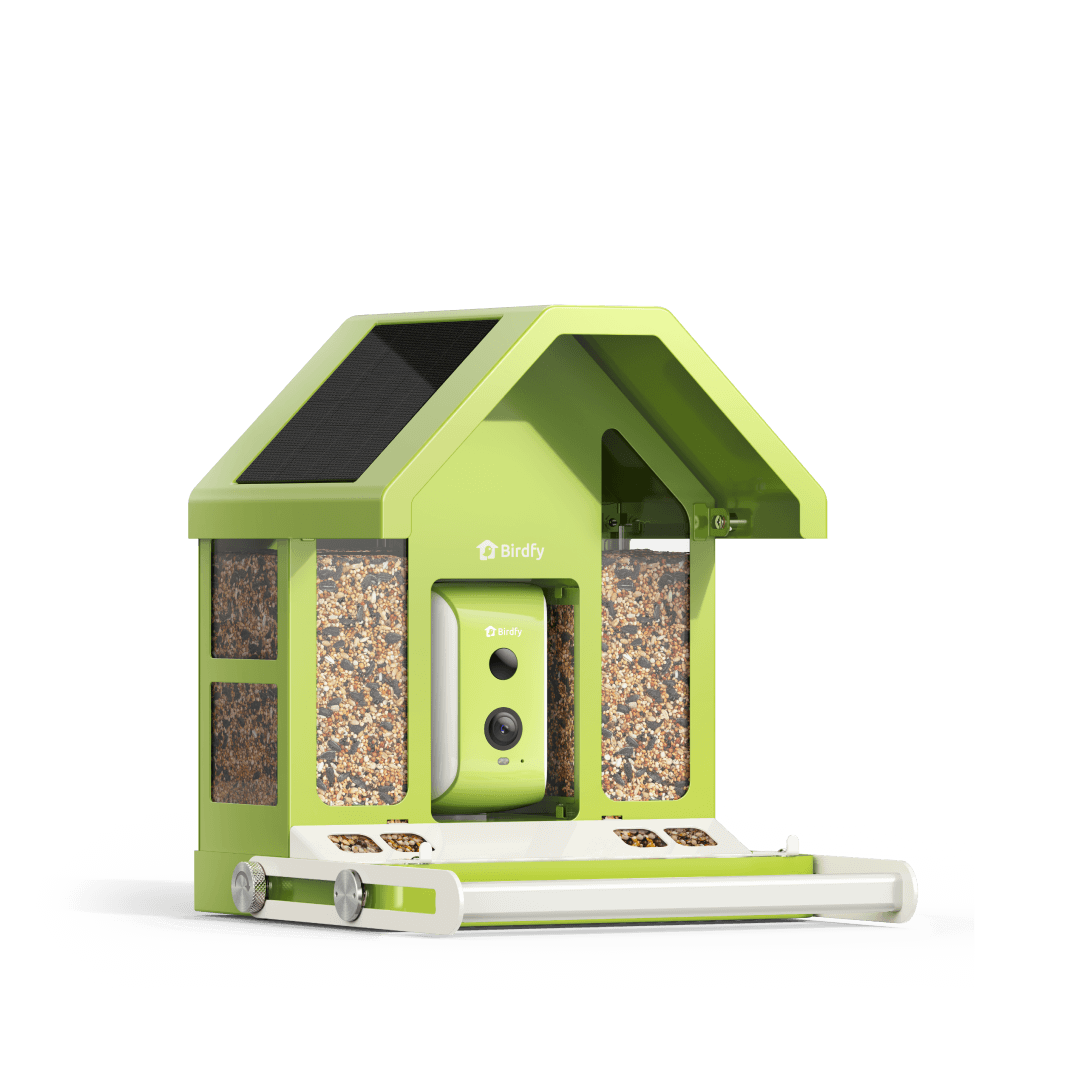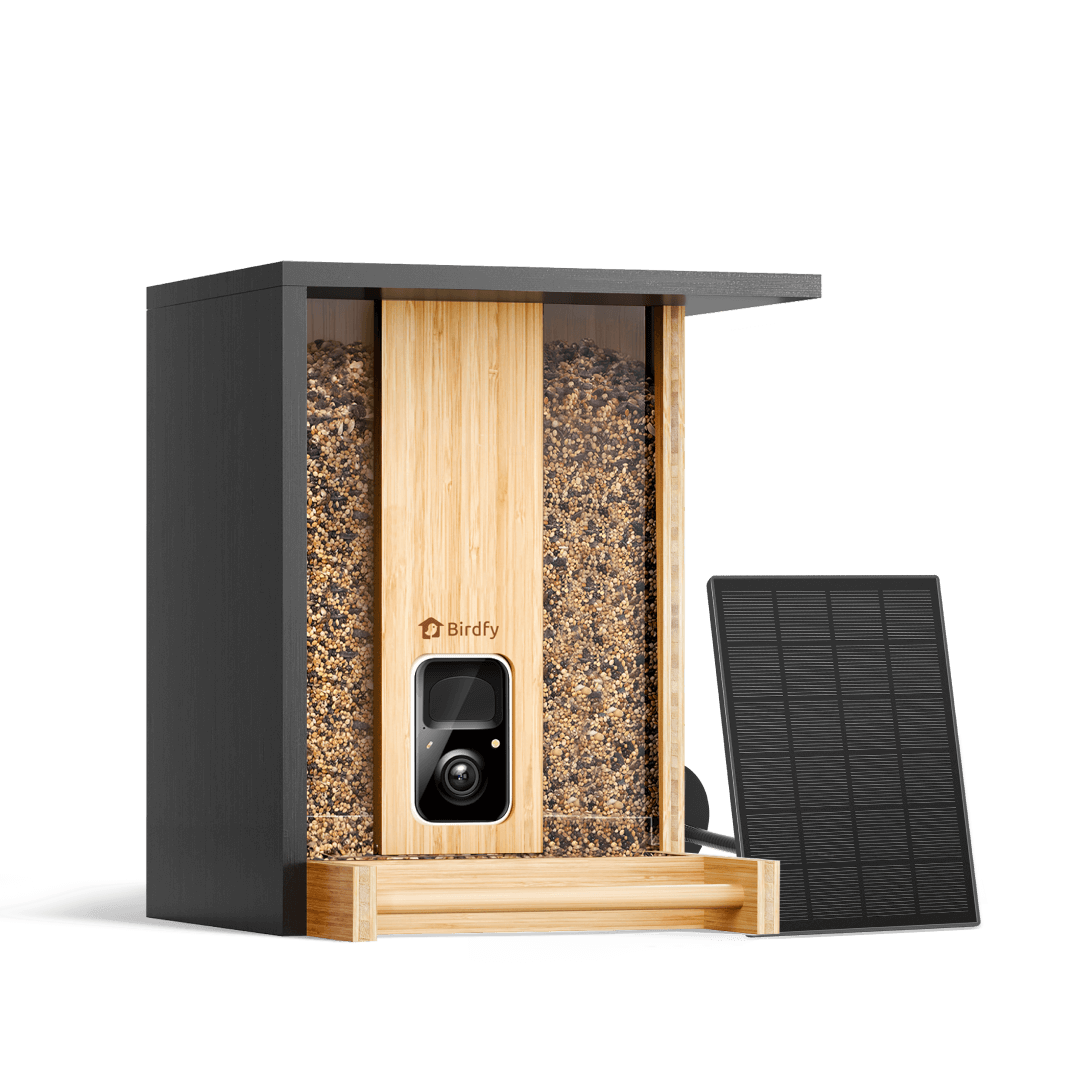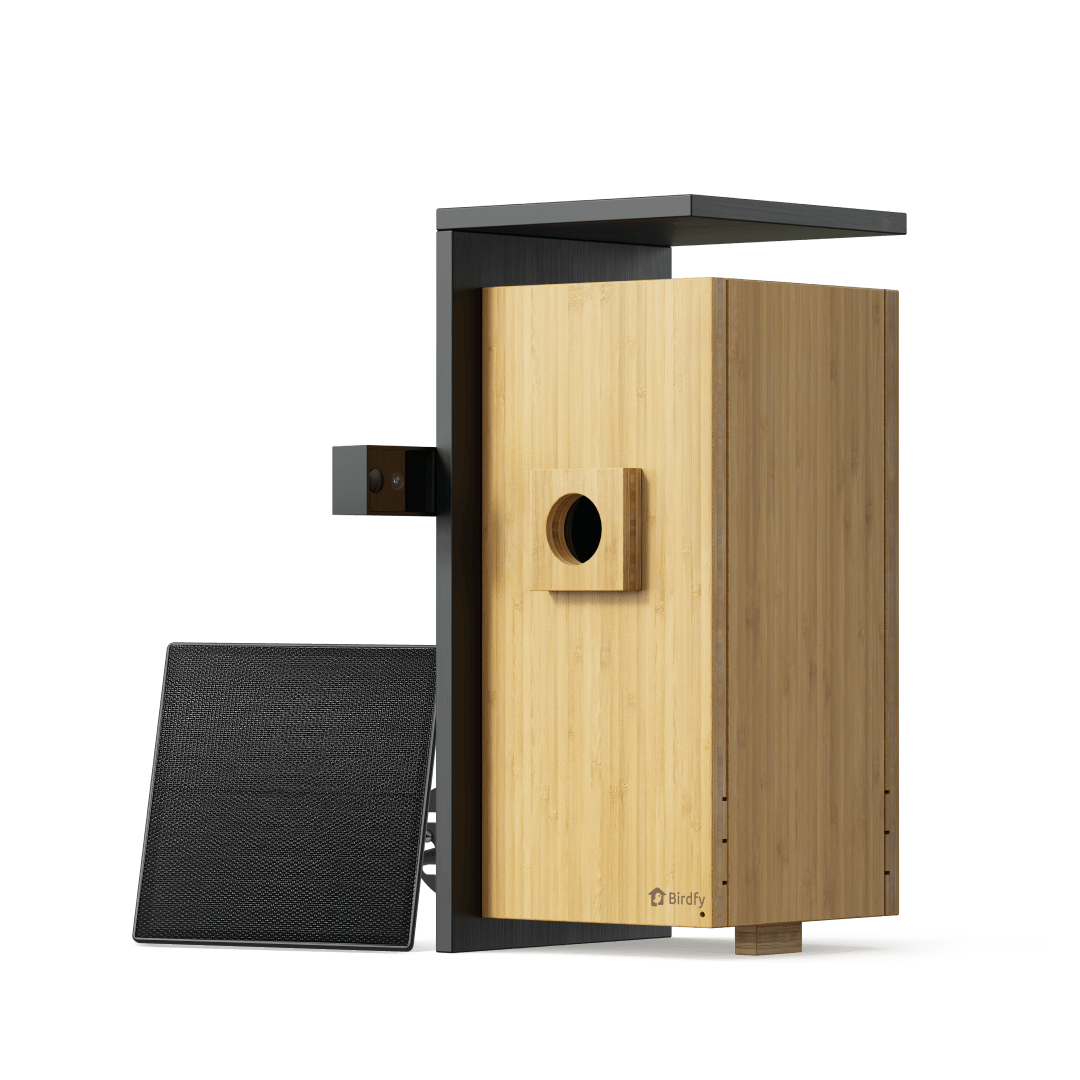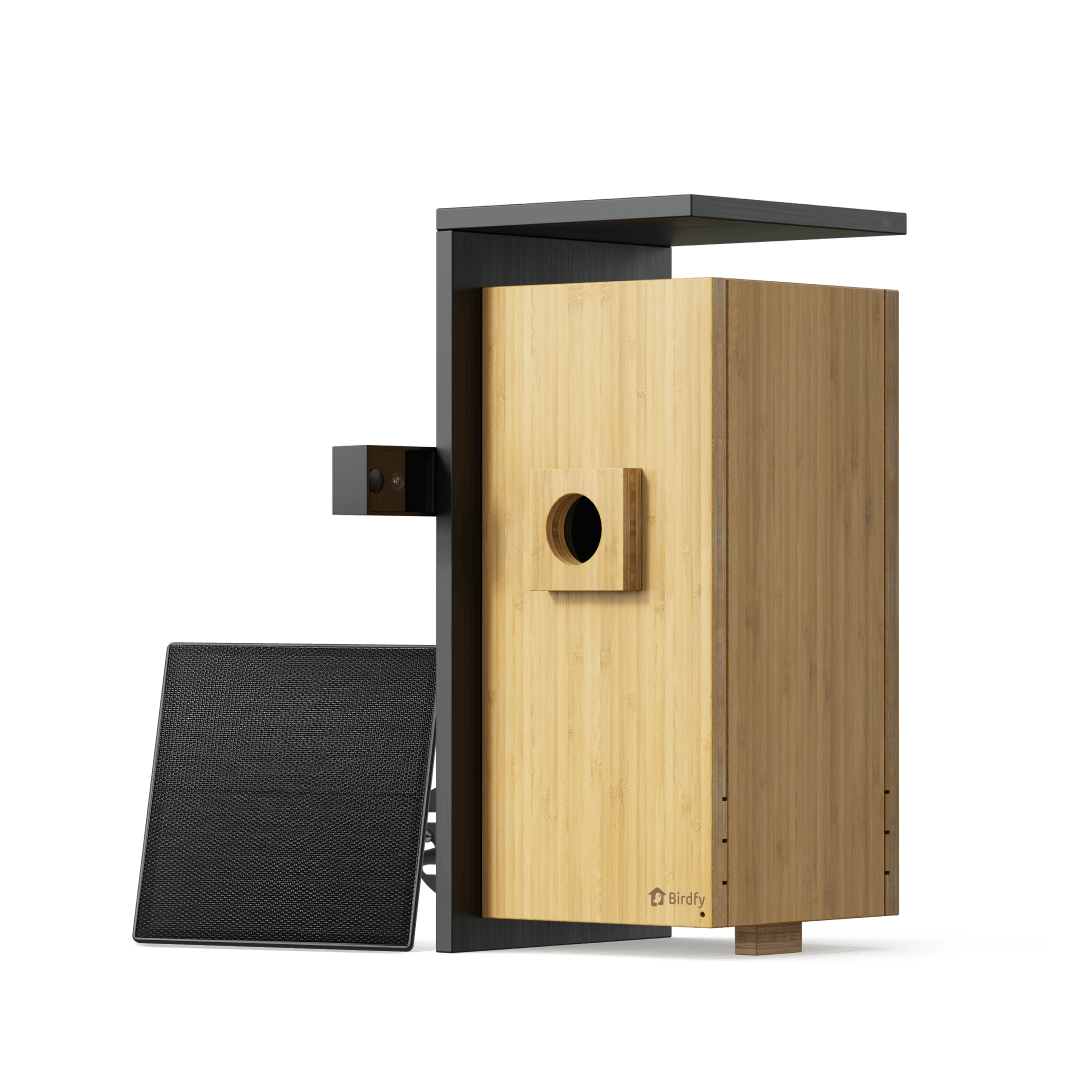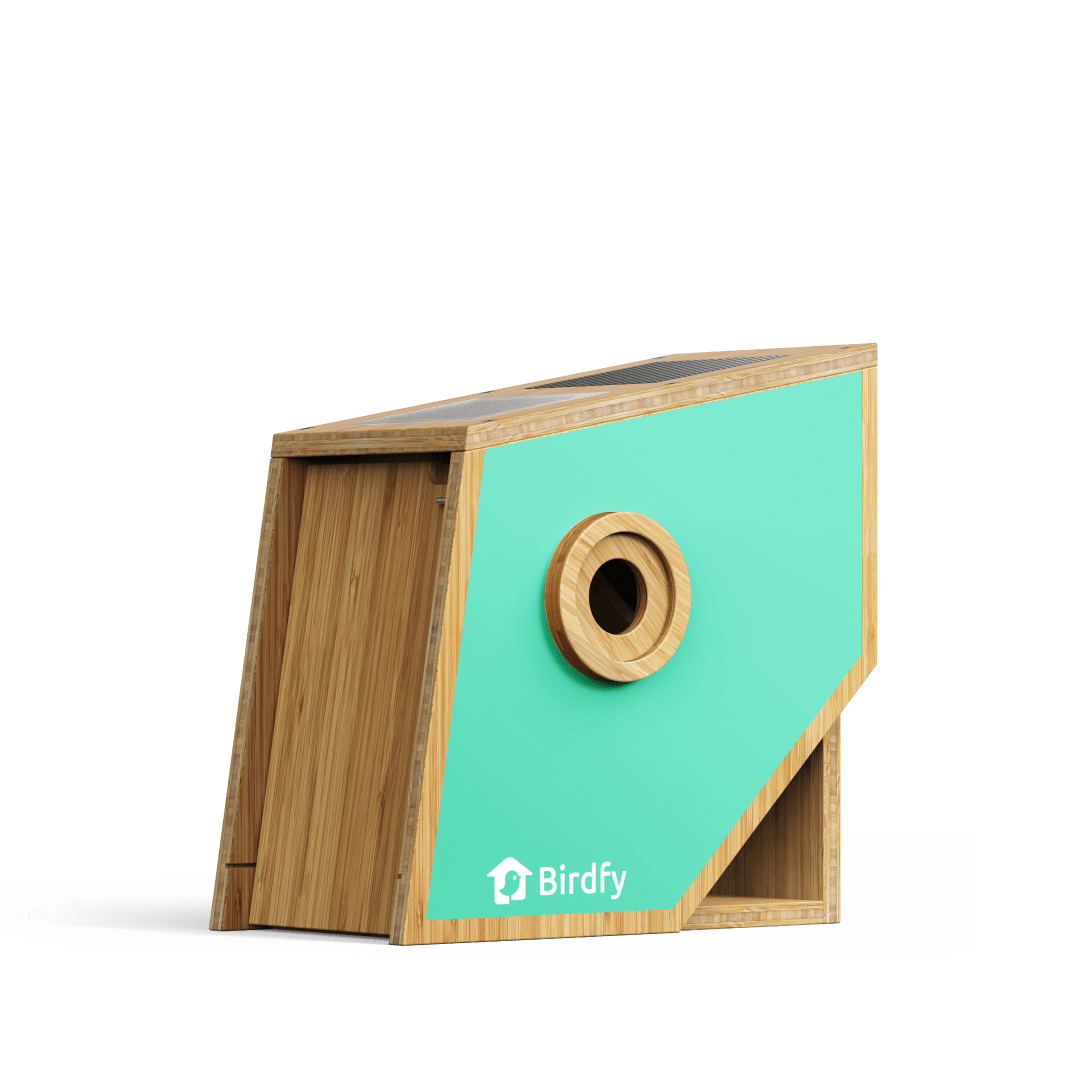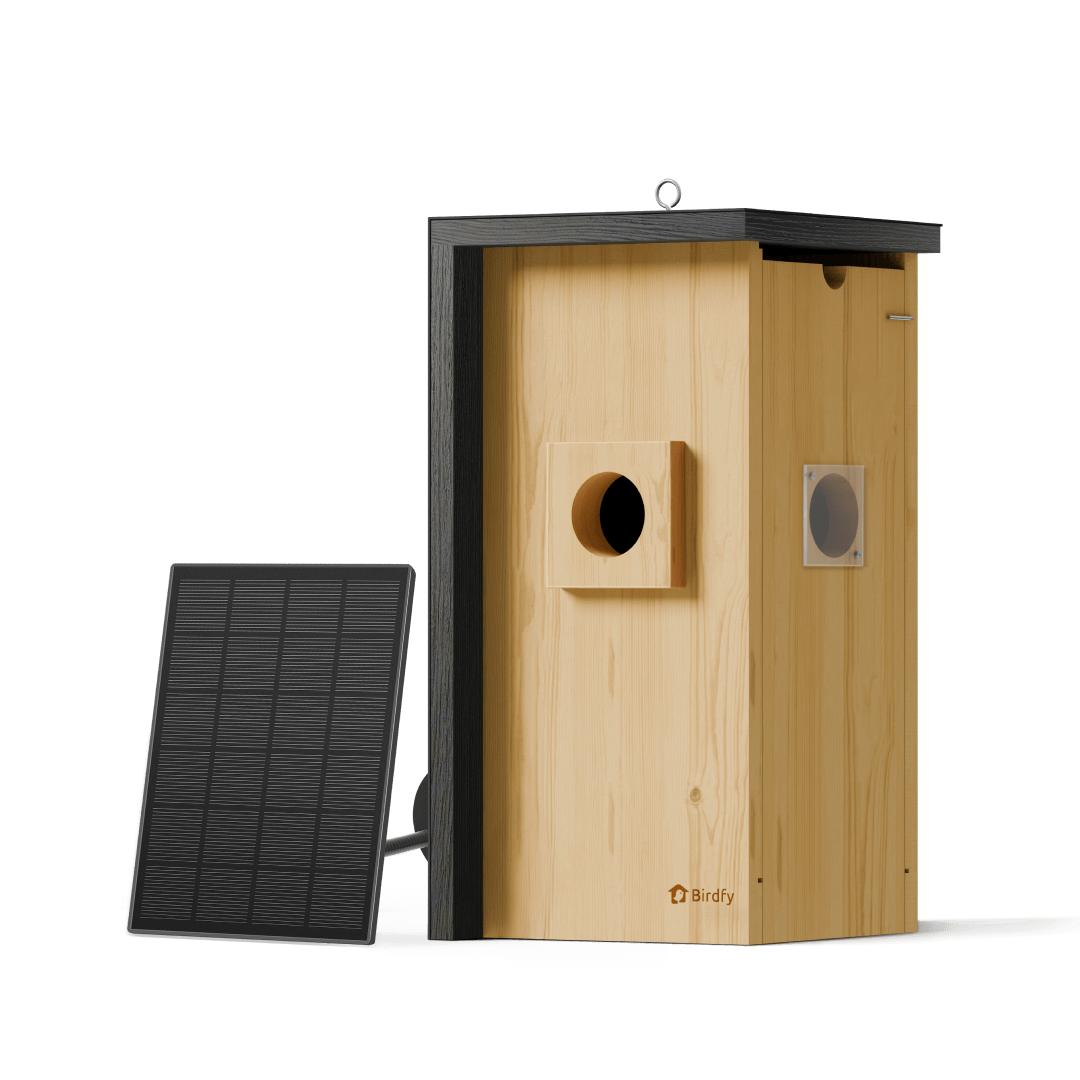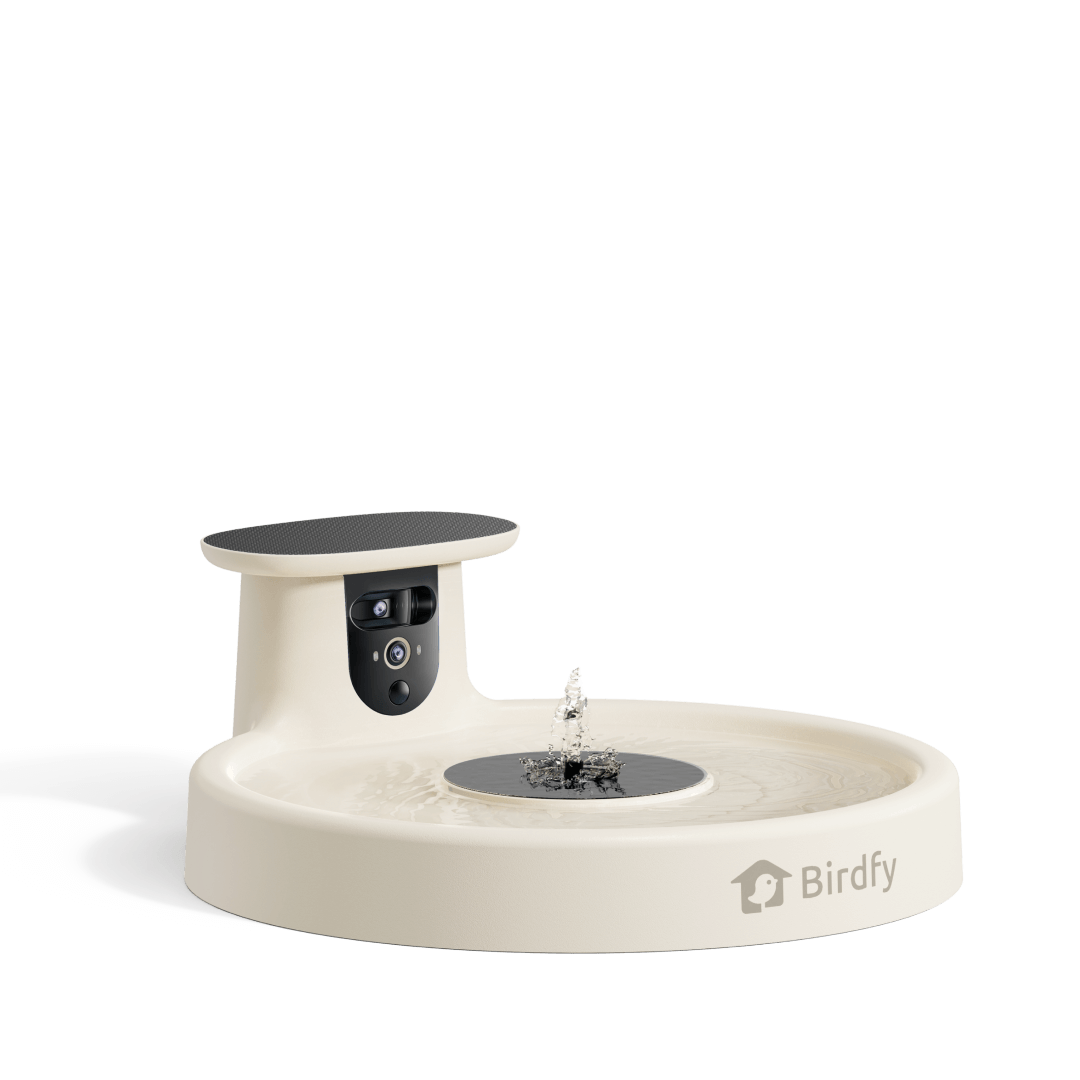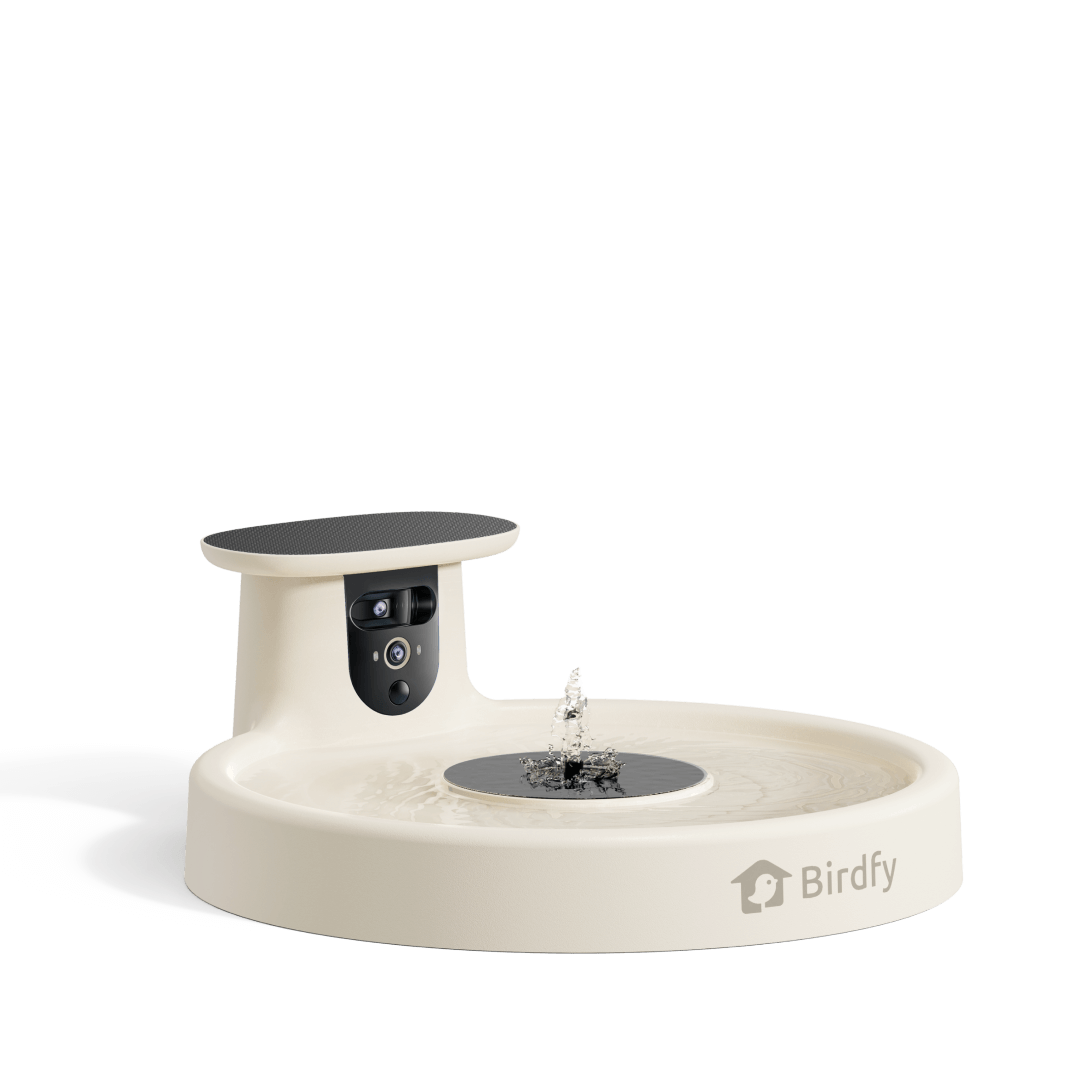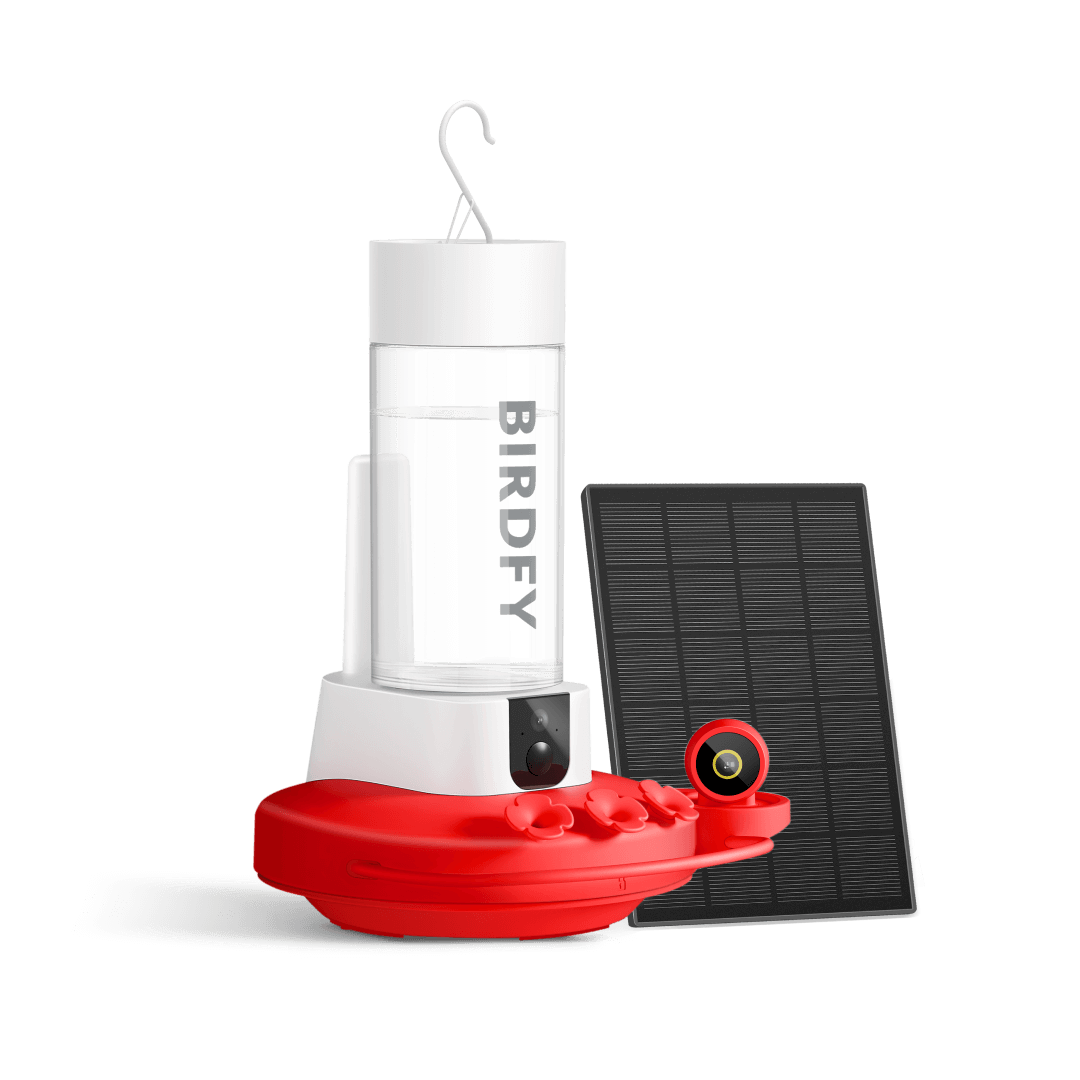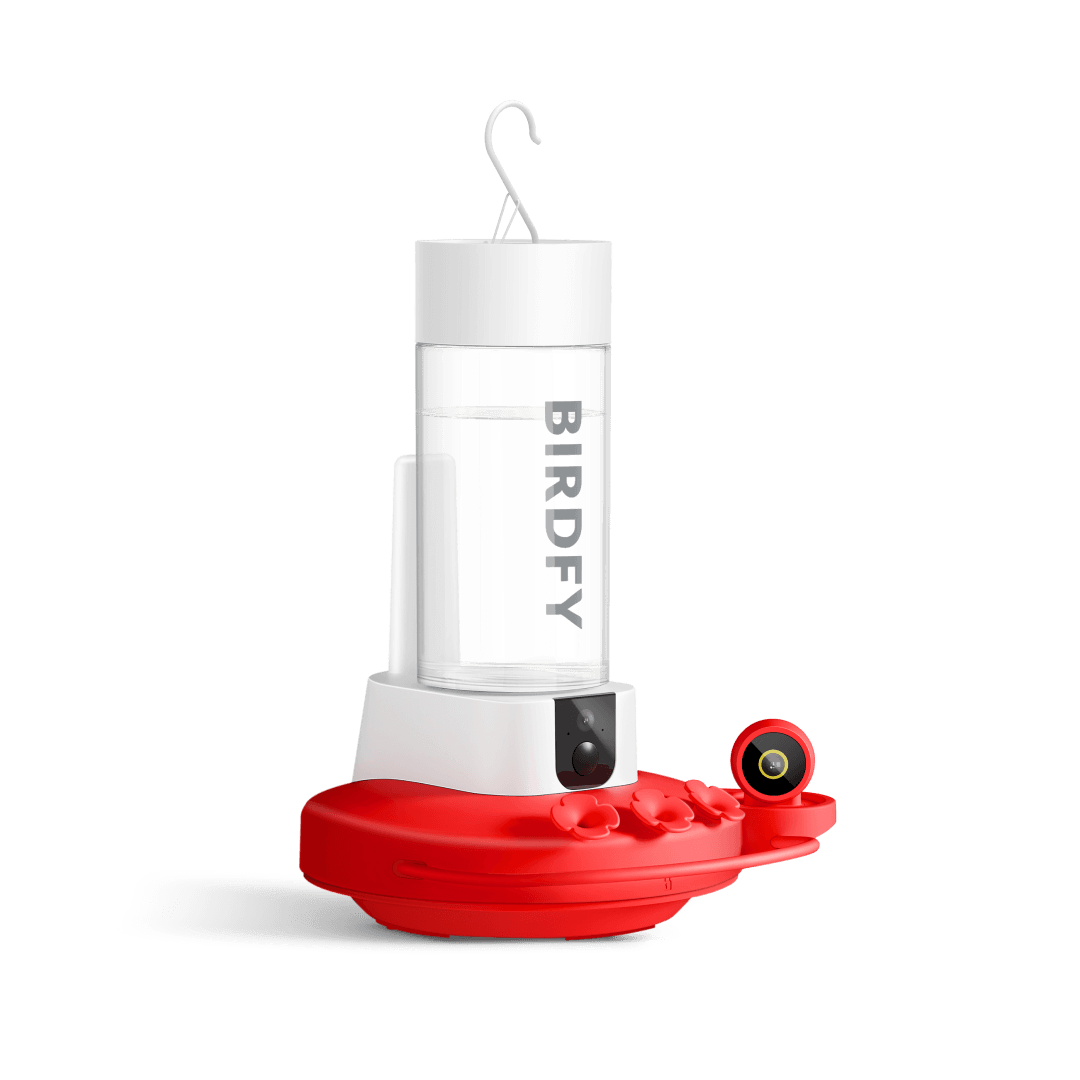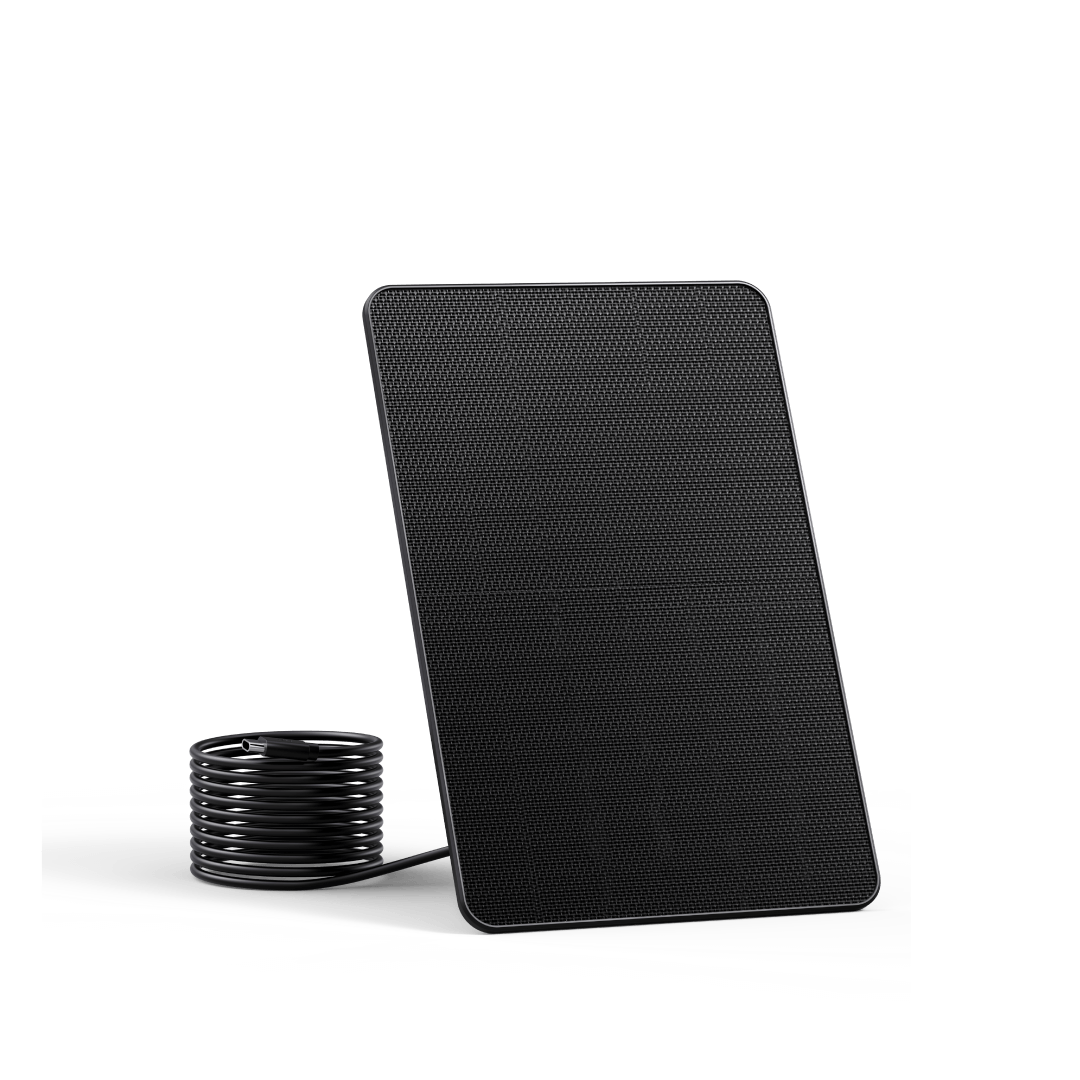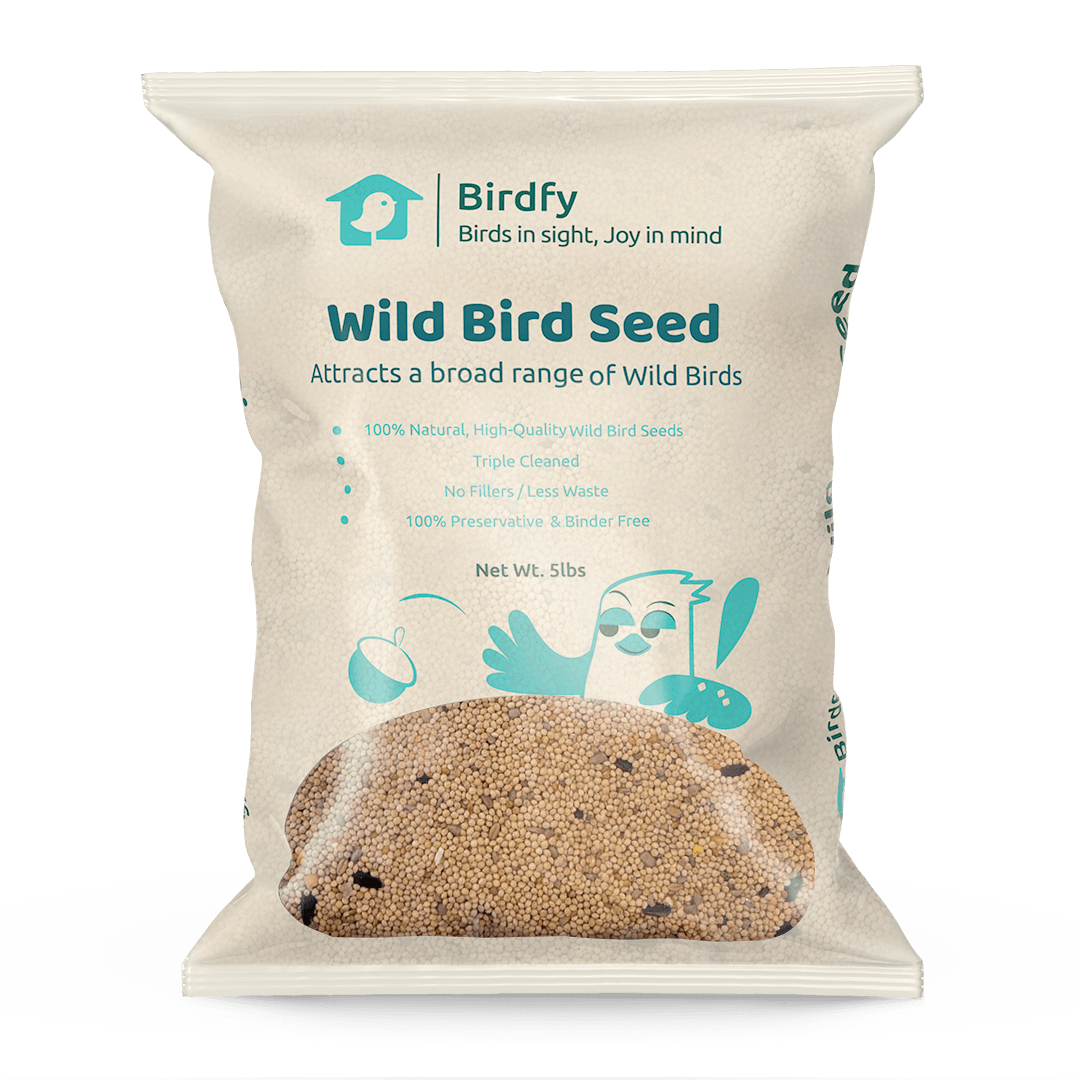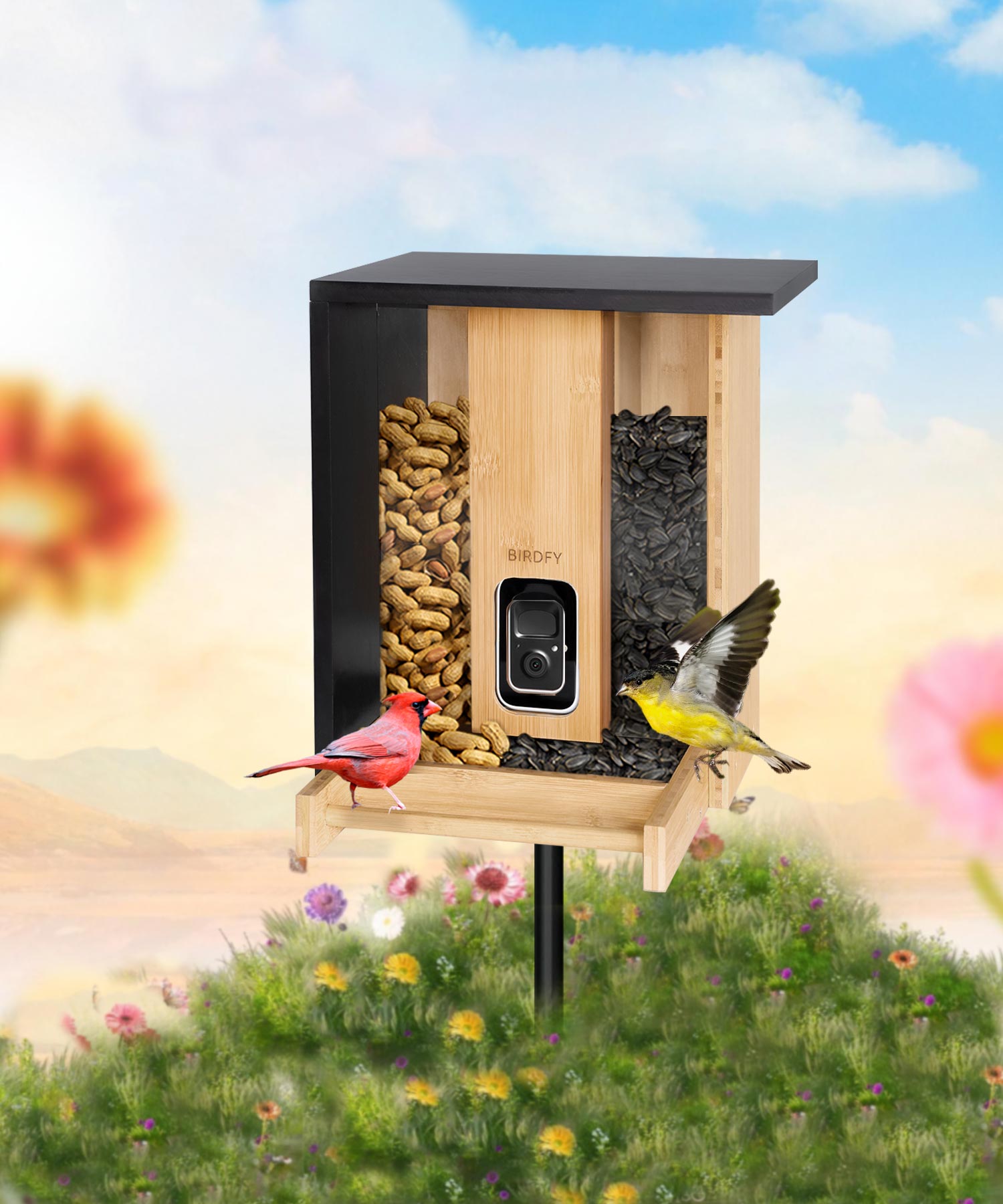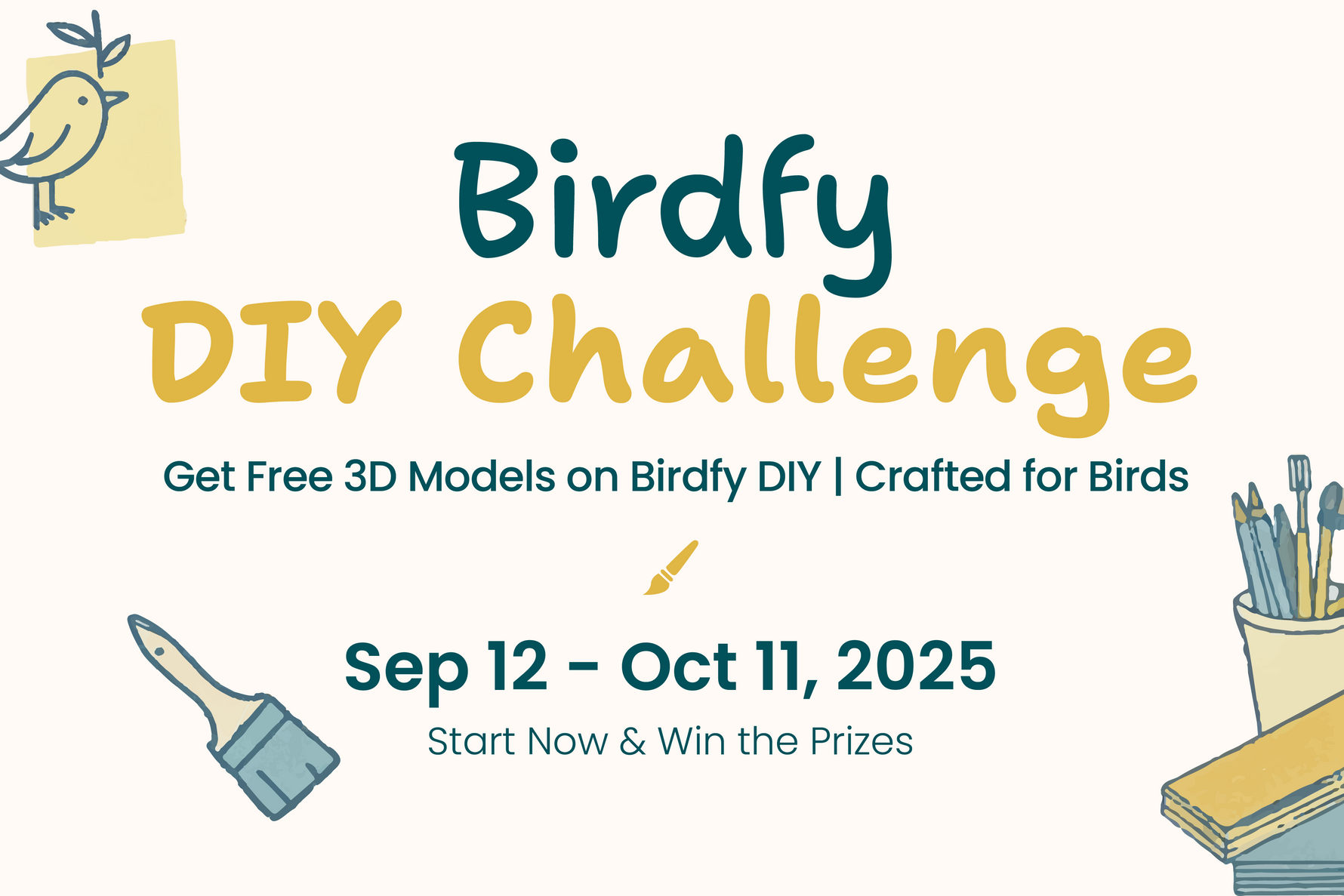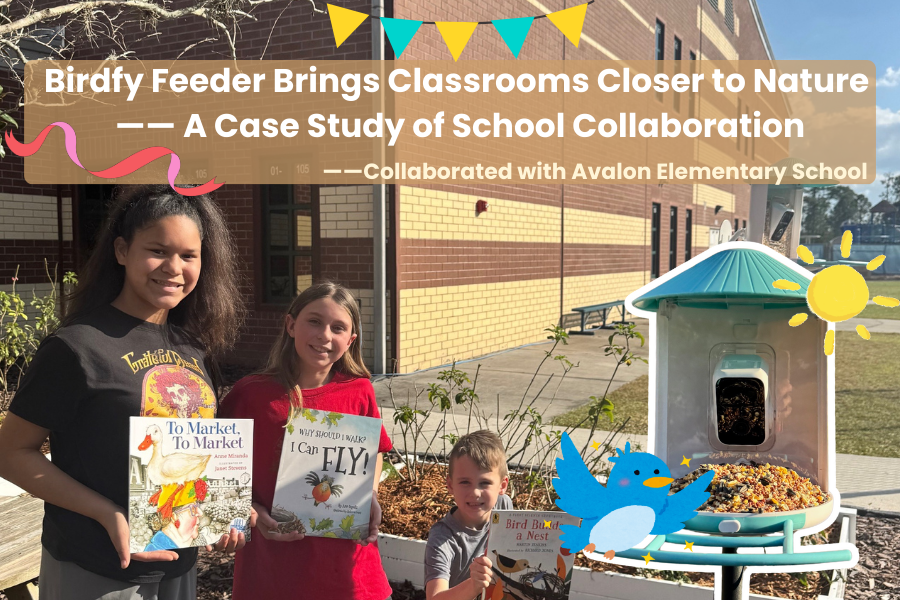How to Attract Bluebirds to Your Yard – Beginner and Advanced Tips
Attracting bluebirds to your yard can be a rewarding experience for any bird enthusiast. With their vibrant colors and melodious songs, bluebirds not only enhance the beauty of your outdoor space but also contribute to local biodiversity. This comprehensive guide will cover beginner and advanced tips to help you create an inviting environment for these wonderful birds.

Bluebirds belong to the thrush family and are primarily found in North America. There are three species of bluebirds: the Eastern Bluebird, Western Bluebird, and Mountain Bluebird. Each species has unique habitats and preferences, but they all share common needs for food, shelter, and nesting sites. Understanding these needs is crucial to successfully attracting bluebirds to your yard. Bluebirds are beautiful, vibrant birds that can bring life and color to any yard. Attracting them requires a combination of the right habitat, food sources, and nesting options. Here’s a comprehensive guide that includes both beginner and advanced tips.
I. Understanding the Natural Habits of Bluebirds
The male bird is bright purple blue with metallic luster. The wings are covered with small feathers, middle feathers, lower backs, waists, and tails. The feathers are cobalt blue, and the rest of the wings are covered with feathers, flying feathers, tail feathers, and black eyes. The first primary feather is very short, and the second and third feathers are almost equal in length. They are also the longest feathers with long wing tips. The feathers on the tail are also very long. It almost covers 2 / 3 length of the tail, and the tail is slightly forked. The chin and throat to the upper chest are darker than other parts of the lower body, and the metal luster is also poor.
The upper body of the female is grayish brown or dark brown, with fine brownish white or yellow longitudinal stripes on the top of the head, pillow to upper back. The shoulder, waist and tail are covered with grayish blue, and the two wings and tail are black. In addition to the outermost primary feathers, the rest of the primary feathers and secondary feathers are white at the base, forming obvious white wing spots on the wings, which is particularly obvious when flying. The lower body is light grayish brown, the chin is dark brown, the throat skin is yellow, and the lower body of the throat, chest, abdomen and two sides has yellow or brown white vertical lines, especially the throat and chest vertical lines are thicker.

Behaviour: Stay bird. In addition to the pairs of activities in the breeding season, the other seasons are mostly in groups, especially in winter when foraging is often integrated into large groups. It is found in alpine meadows and bare rock mountain tops above shrubs, rain-loving ridges and high places. Habitat in the rock and like. Sometimes birds of the same sex form small to large groups. Flying and posture like a thrush, but also like a purple-winged starling and a large group of circling flight. In winter, they live in groups on the trees. Shouting: Very quiet. The call is ' tji-u ', and the song is a soft and clear ' tji-u-tji-u-ti-tu-tji-u ', which is mostly called on the rock and can be heard only near it. Feeding habits: mainly insects, especially during the breeding period, mainly insects, non-breeding period also eat plant fruits and seeds.
II. Tips for Installing Birdhouses
1. Provide Suitable Nesting Boxes
- Nesting Box Specifications: Bluebirds prefer specific types of nesting boxes. Choose boxes made of untreated wood with a 1.5-inch entrance hole. The dimensions should be approximately 5-6 inches square and 8-12 inches high.
- Placement: Place the nesting boxes in open areas with minimal vegetation, ideally 4-6 feet off the ground. Ensure the boxes face away from prevailing winds and have a clear flight path.
- Multiple Boxes: If space allows, install several nesting boxes in your yard, spaced at least 100-200 feet apart to reduce competition among bluebird pairs.
2. Offer Food Sources

- Mealworms: Bluebirds have a particular fondness for mealworms, which are rich in protein. You can offer live or dried mealworms in a shallow dish placed near their nesting boxes.
- Fruits: Provide fresh fruit such as apples, berries, and grapes. Bluebirds are known to enjoy these treats, especially during the breeding season.
- Insect Availability: Bluebirds primarily feed on insects, so maintaining a healthy insect population in your yard is crucial. Avoid using pesticides that can eliminate their food sources.
3. Create a Water Source
- Bird Baths: Install a shallow bird bath that is easy for bluebirds to access. Ensure it has gently sloping sides and is regularly filled with fresh water.
- Water Maintenance: Change the water every few days to keep it clean. Consider adding a small fountain or dripper to create moving water, which attracts birds.
4. Provide Shelter and Perches
- Natural Cover: Plant native trees and shrubs nearby to provide shelter. Bluebirds like to perch on low branches or fences, so adding these elements will make your property more appealing.
- Perches: Install perches such as wooden posts or fence posts near nesting boxes. This provides bluebirds with resting spots and vantage points for spotting food.
5. Minimize Disturbances
- Avoid Pesticides: Chemicals can be harmful to bluebirds and reduce insect populations. Opt for natural pest control methods to maintain a healthy ecosystem.
- Limit Human Activity: Keep foot traffic around nesting areas to a minimum, especially during breeding season. This reduces stress on the birds and encourages them to stay.
III. Advanced Tips for Attracting Bluebirds
1. Develop a Bluebird Habitat
- Open Space: Bluebirds thrive in open areas with low vegetation. Mow your lawn less frequently in certain areas or maintain meadows to attract them.
- Diverse Planting: Introduce a variety of native flowering plants and grasses. This not only supports insect populations but also provides natural food sources for bluebirds.
2. Monitor and Maintain Nesting Boxes
- Regular Checks: Inspect nesting boxes weekly during the breeding season. Look for signs of occupancy and remove any old nesting materials after the breeding season ends to keep boxes clean.
- Documentation: Keep records of nesting activity, including the number of eggs laid and fledglings produced. This data can help you understand bluebird populations in your area.
3. Create Natural Food Sources
- Plant Native Berry-producing Shrubs: Incorporate plants such as serviceberry, dogwood, and mulberry to provide natural food throughout the year.
- Encourage Insect Habitats: Leave some areas of your yard with unmowed grass or wildflowers to attract insects, providing a natural food source for bluebirds.

4. Participate in Bluebird Conservation Efforts
- Join Local Organizations: Get involved with local bird conservation groups that focus on bluebird protection and monitoring. These organizations often provide resources and support for backyard birders.
- Educate Your Community: Share your experiences and knowledge about bluebirds with neighbors and friends. Encourage them to create bluebird-friendly habitats as well.
5. Seasonal Considerations
- Winter Preparations: In colder months, provide high-energy foods like suet and seeds. Bluebirds may stay in your area if food is available during winter.

Attracting bluebirds to your yard requires a thoughtful approach that combines proper habitat, food sources, and shelter. By following these beginner and advanced tips, you can create an inviting environment for these stunning birds. With patience and dedication, you will not only enjoy the beauty of bluebirds but also contribute to their conservation. Whether you are a beginner or an experienced bird enthusiast, implementing these strategies will enhance your yard and support local wildlife.
1 comment
Okay we have installed a Bluebird house and have provided bluebird food and water. A chickadee decided he/she would like to nest so we let that alone. We do have a male and female Bluebird very interested about our house – he sits on top – looks in and flies to a nearby tree – my husband has seen a female also. So after thoughtful consideration and about 3 weeks time, I decided to look in the house. There is a lovely nest – a lot of moss and one specked egg – white with black speckles. I’m thinking the chickadee has maybe hatched a couple of eggs and decided to leave – not sure – but what do I do now? Do I clean out the house so the Bluebirds can be renters? My husband says to let Nature take it’s course but ,of course, I want BLUEBIRDS!
Your thoughts!!





